Hairstyles and Hats of the Edwardian Era, 1900-1915

by Kendra Van Cleave, First published for the July/August 2008 issue of Finery
Hairstyles and headwear are inextricably linked in almost every era; hairstyles affect the shape and placement of the hat and vice versa.
The “pompadour” popular in the 1890s belied its name. Rather than a large amount of volume, hair was dressed loosely but still simply and close to head, with the arrangement (bun) being at the very top of the head (images show ladies with buns sticking straight up on top of the head!). However, this volume began to grow around 1900, and puffed and waved hair was arranged so that it tilted forward over the forehead, which emphasized the forward tilt of the “S-curve” body silhouette. Hair was generally worn smoothed back from the forehead without any parting. By 1902, wire frame hair supports called “pompadour frames,” as well as false hair or combings (hair left on the brush after combing), helped to further fill out the hairstyle and provided a firm base upon which to perch a lady’s hat.
Hats in this era were relatively wide and covered in tulle and trimmings, with large lace veils popular after 1903. They were worn perched forwards on the head, echoing the “S-curve” of the body and hairstyle. By 1904, hat width began to decrease while height increased.
So long as the “S-curve” remained in vogue, hair and hats were worn perched forwards. But when the fashionable silhouette straightened in 1908, with the introduction of French couturier Paul Poirel’s “Orientalist” designs, hairstyles and hats began to shrink in terms of volume on top Instead, the hair was now dressed with a center parting and growing mass at the sides and back, in order to support the increasingly enormous hats.
1908-11 is the era of the huge, wide brimmed “Gainsborough” or “Merry Widow” hats, whose size balanced the relatively narrow figure of the body and dress. Chapeaux were topped with any number of trimmings, from lace and ribbons to fruit, whole birds, and much more. As the dress silhouette continued to straighten into the typical columnar teens silhouette of 1911-15, hats became correspondingly smaller (although large, wide hats were still worn for elegant occasions). These smaller hats were often trimmed with narrow vertical feathers and trimmings, creating a military effect. Hairstyles correspondingly narrowed, following the natural head shape more closely, then transitioned into the “Grecian” styles, with hair styled on the back of the head.
Throughout this era, false hair, including switches (lengths of false hair), arrangements (buns, braids, etc.), and fringes (bangs) were often used. The hair was usually waved (the famous Marcel wave dates to the early 1870s) using curling tongs.
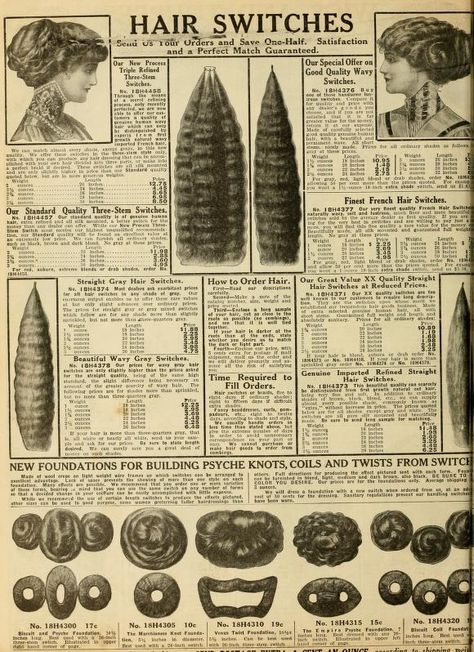
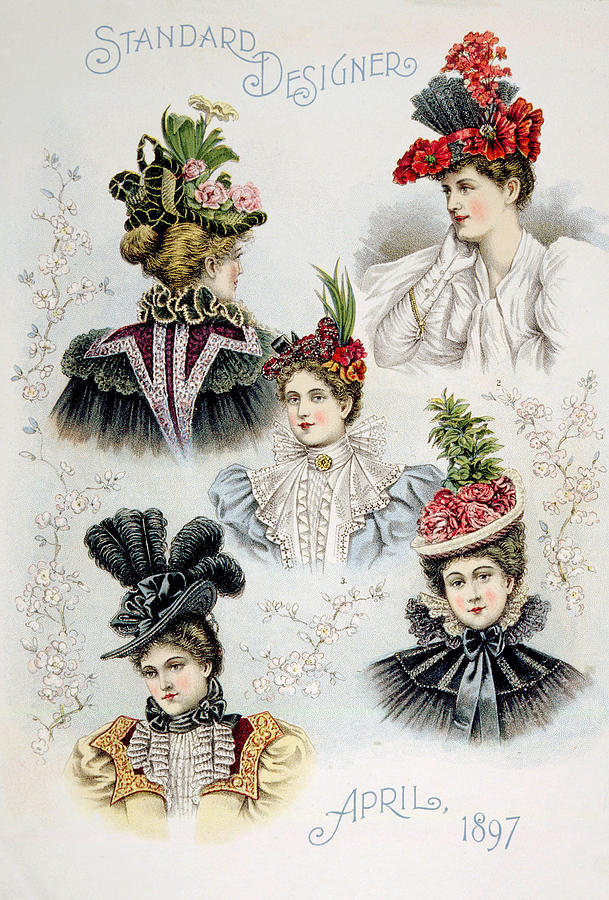
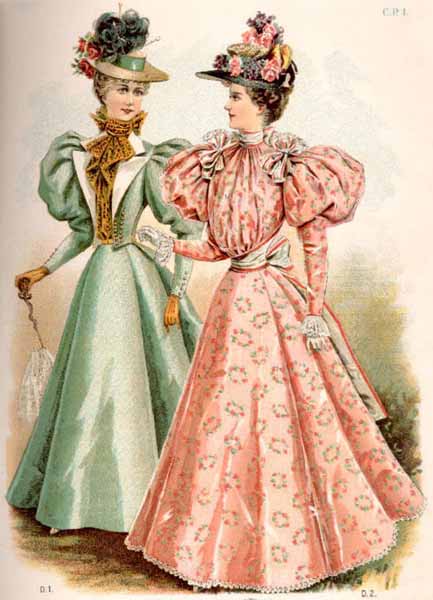
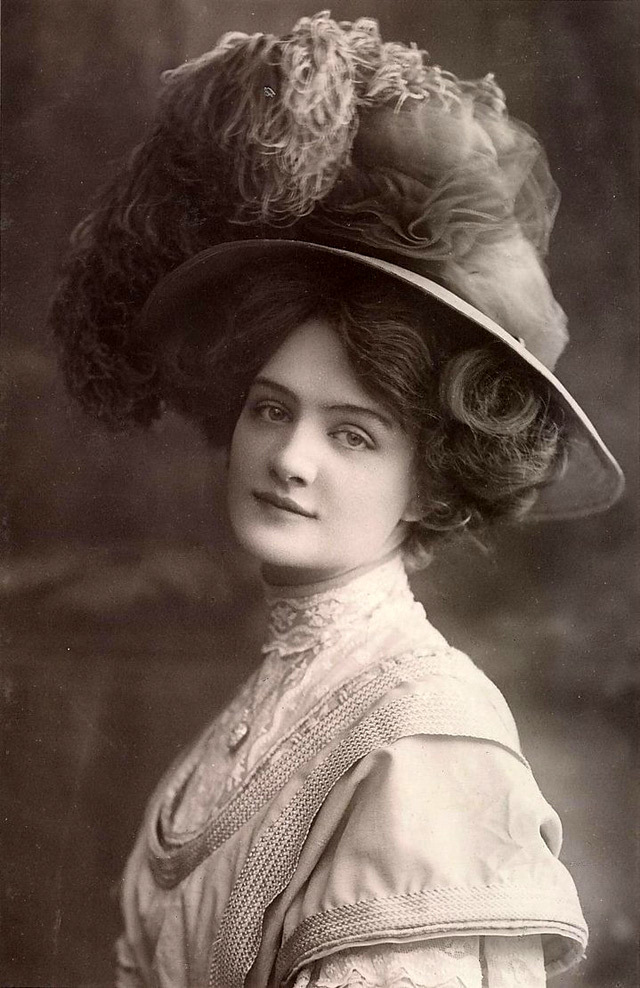
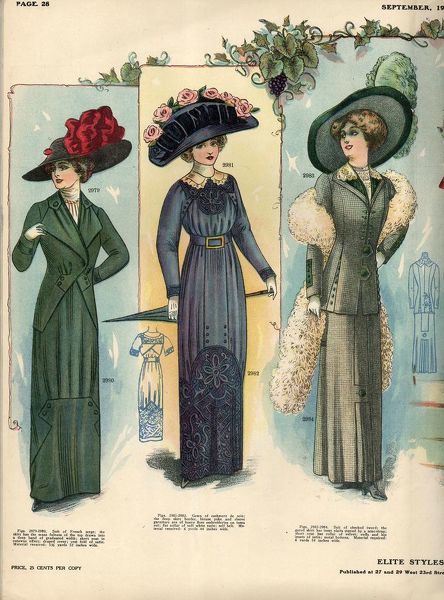
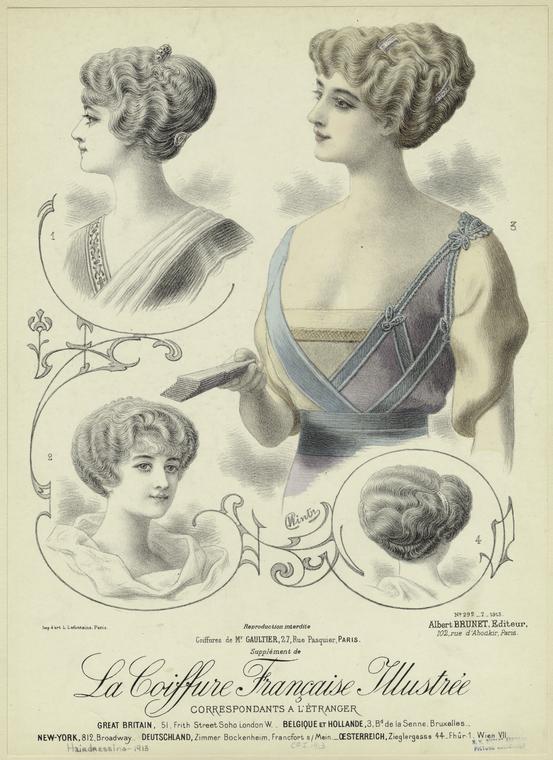
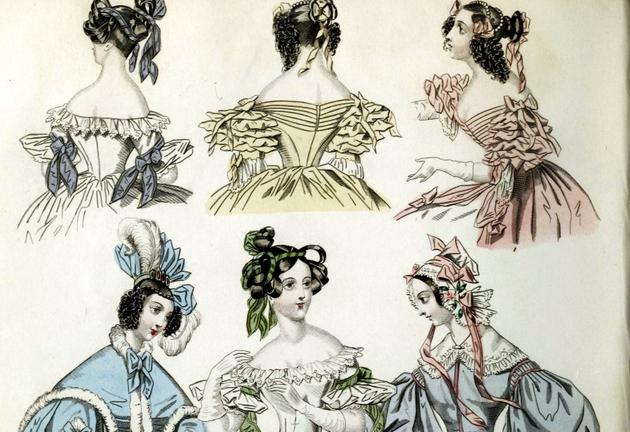
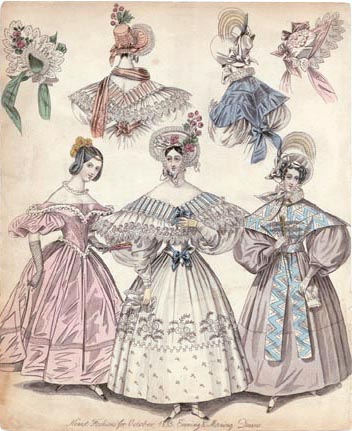
Leave a comment